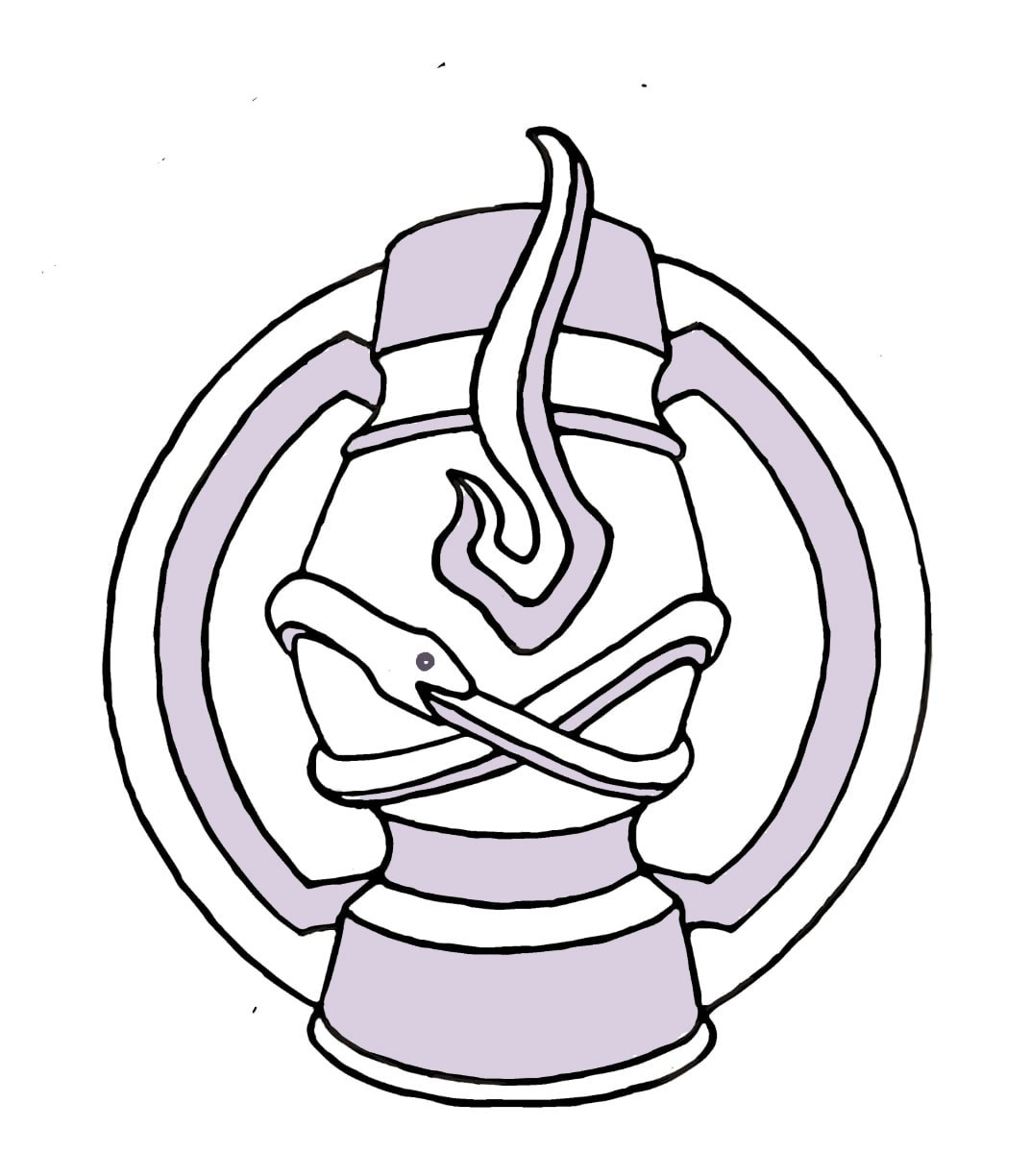Living Theurgy: A Course in Iamblichus Philosophy, Theory and Theurgy by Jeffrey Kupperman
theory
Is embodiment good or bad?
“As we purify our soul, through philosophy, religion and theurgy, we undergo a perspective shift. As we come to remember who and what we really are we gain the opportunity to participate in the unfolding of Providence rather than be enmeshed in the chains of Fate.”
Somewhat like Buddhism, many souls descend for correction of character and purification, but some pure souls descend without attachment for the good of all.
While our material lives may not be changed, this change in perspective changes everything.
Tripartite embodied soul: reason, ambition/emotion/spirit, and appetite.
cultus
Before engaging in Theurgy, a philosopher must prepare with worship (cultus). The purpose of worship is because the gods are worthy of it, and because it has a positive effect on worshippers.
“Within Neoplatonism, blood sacrifice is rare, with incense, perfumes, herbs, sacred stones and invocations taking their place.”
“Extended practice of prayer nurtures our intellect, enlarges very greatly our soul’s receptivity to the gods, reveals to men the life of the gods, accustoms their eyes to the brightness of the divine light, and gradually brings to perfection the capacity of our faculties for contact with the gods, until it leads us up to the highest level of consciousness (of which we are capable); also, it elevates gently the disposition of our minds, and communicates to us those of the gods, stimulates persuasion and communion and indissoluble friendship, augments divine love, kindles the divine element within the soul, scours away all contrary tendencies within it, casts out from the aetherial and luminous vehicle surrounding the soul everything that tends to generation, brings to perfection good hope and faith concerning the light; and, in a word, it renders those who employ prayers, if we may so express it, the familiar consorts of the gods.” - Iamblichus
Several theurgic prayers of Proclus remain, including to to Aphrodite and one to Hekate. Common prayer, however, can also be theurgic. A prayer service could also include readings from Plato or commentaries.
Diet, sacrifice, and hymns are the main aspects of theurgic worship. Dietary restrictions were somewhat varied (though many involved vegetarianism) but were sometimes seasonal and generally anagogic, intended to direct the mind to the higher qualities and associations of food.
theurgy
Built on a foundation of contemplation: digestion of philosophical texts and meditation/visualization exercizes.
Types of theurgy (divine work) might include ritual, mystery, liturgy, sacred art, divine wisdom, and more. The word was coined by Julian the Chaldean and his son Julian the Theurgist, who wrote the Chaldean oracles. (Iamblichus wrote a 30-volume commentary on this text, but it is lost.)
Theurgy is distinguished from sorcery which lacks the divine aspects and may mimic divine action (not necessarily illicit, but definitely part of the world of generation), vs. theurgy which creates participation in divine pattern and action.
“While the genagogic ideology surrounding practical magic is perhaps valid, it need not be the only ideology. As theurgists, we argue that the popular ideology of magic is false. As Iamblichus says, invocation does not bring the gods down to us; it raises us to the gods. The same can be said for consecrating a talisman or engaging in divination. These practices are theurgically successful exactly because they are anagogic.”
All theurgic rites have an aspect of catharsis, or purification.
Material beings move in straight lines, while the divine and purifying beings move in circular patterns.
Cleansing with lustral water prior to ritual (imagine the spiritual power of water), and/or smoke with the word χερνἰπτομαι!
Three values of love, truth, and faith (I’m noticing the potential correspondence with the three parts of the embodied soul).
Theurgic rites might include pharmaka, as mentioned by Iamblichus. Pharmaka are also a common ingredient in living statues. These pharmaka contain synthematic ingredients.
Talismans gained a notable place in neoplatonism, especially in the middle ages and renaissance.
Iamblichus describes an energy body or soul vehicle. In talismans, the human theurgist does not create a pneumatic vehicle, but invokes a being who has one.
There is a suggestion of world soul eikon’s which, besides being human-shaped, may have been the shape of an egg or dodecahedron.
“When the theurgist becomes a shrine to their leader god, initiation occurs.”
